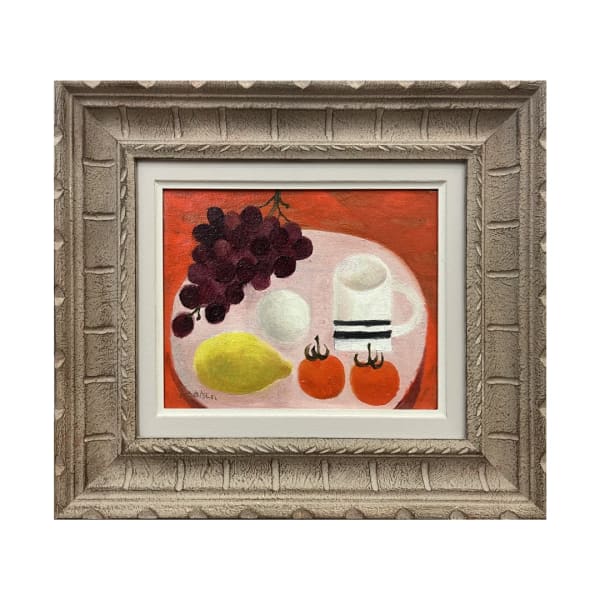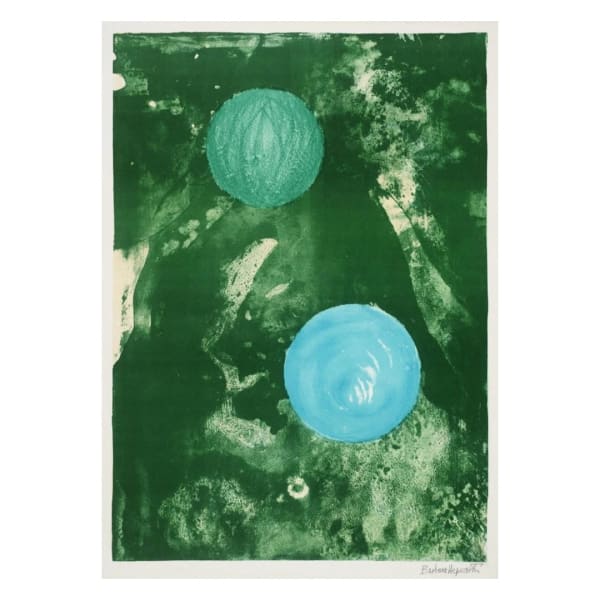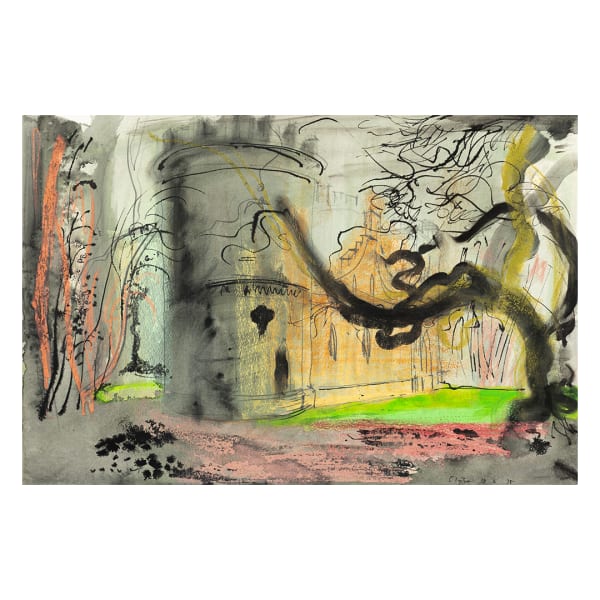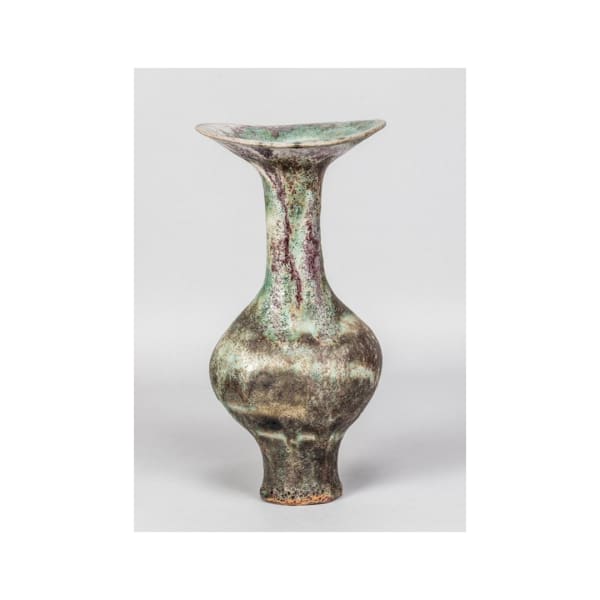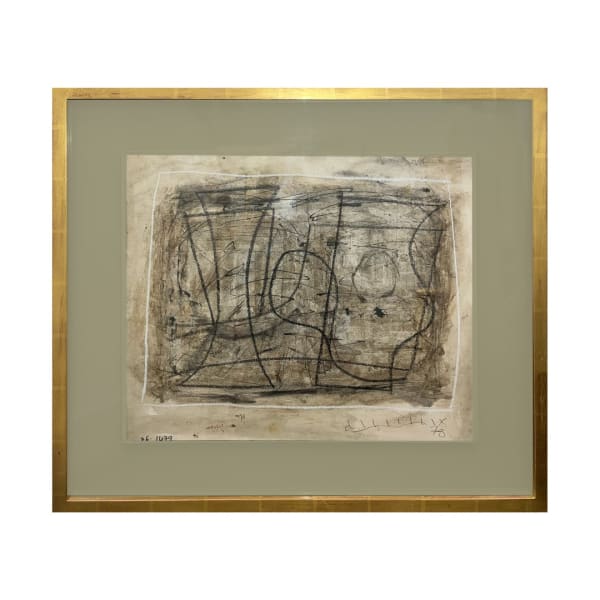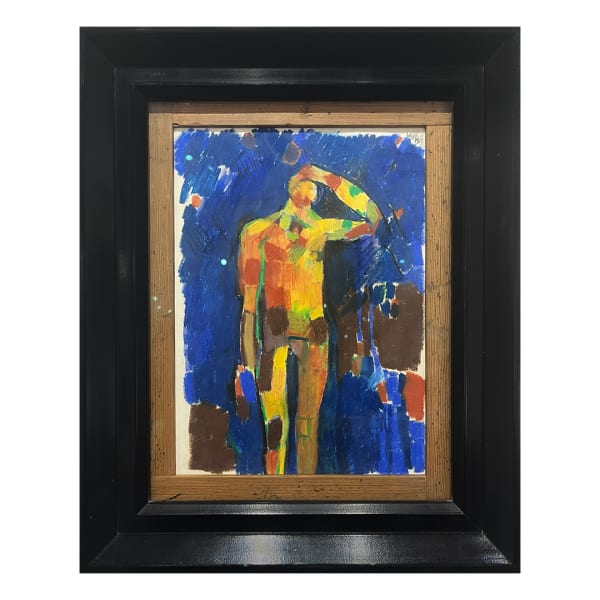-
Modern British artists in the UK are known for their diverse styles and innovative approaches. They often explore themes such as identity , politics and social change, reflecting the complexities of contemporary society. Many work across various mediums including painting with works both on canvas and paper, and sculpture. These artists frequently challenge traditional boundaries, blending culture with technology and global influences. Their work is displayed in galleries, museums and public spaces, making a significant contribution to the UK's vibrant cultural scene. Through experimentation and bold expression they continue to engage audiences both locally and internationally today.
-
-

Norman Adams RA
1927 - 2005 -

David Bomberg
1890 - 1957 -

Gary Bunt
1957 - 2025 -

Stephen Chambers
-

Billy Childish
-

Alan Davie
1920 - 2014 -

Mary Fedden
1915 - 2012 -

Paul Feiler
1918 - 2013 -

Elisabeth Frink
1930 - 1993 -

Terry Frost RA
-

Adrian Heath
1920 - 1992 -

Barbara Hepworth
1903 - 1975 -

Josef Herman
1911 - 2000 -

Patrick Heron
1920 - 1999 -

Howard Hodgkin
1932 - 2017 -

David Hockney
-

Leon Kossoff
1926 - 2019 -

L.S Lowry
1887 - 1976L S Lowry for sale, original oil paintings for sale by L S Lowry. Northern Art, Clark Art, original Lowry for sale, L s Laurie -

Henry Moore
1898 - 1986 -

John Nash
1893 - 1977 -

John Piper
1903 - 1992 -

Ben Nicholson
1894 - 1982 -

Patrick Procktor
1936 - 2003 -

Lucie Rie
1902 - 1995 -

Roy Turner Durrant
1925 - 1998 -

Keith Vaughan
1912 - 1977 -

John Ward
-
-
Can't See The Artist You're Looking For?
At Contemporary Six, we have the expertise and connections to source artworks by Modern British artists from across the UK. If there’s a particular artist or piece you’re interested in, let us know and we may be able to help. Our network includes trusted galleries, collectors and dealers, giving us access to a wide range of works. Get in touch and we’ll do our best to find the art you’re after.
-
FAQs
Modern British art typically refers to artworks produced in Britain from the early 20th century onwards, characterised by a shift away from traditional forms and subjects. It embraces innovation in style, technique, and medium, often reflecting contemporary social, political, and cultural themes. The movement encompasses a variety of expressions, from abstract and conceptual works to experimental sculpture and installation. Rather than adhering to a single aesthetic, it reflects a broad range of artistic approaches that respond to the rapidly changing world, offering a distinctly British perspective within the wider context of modern and contemporary art.
Modern British art evolved significantly throughout the 20th century, shaped by global conflicts, rapid industrialisation, and shifting cultural values. Artists began to break away from academic traditions, exploring abstraction, surrealism, minimalism, and conceptual practices. The post-war period saw an emphasis on identity, urban life, and social commentary, with artists reacting to both local and global issues. Movements in Europe and America influenced British approaches, yet local context remained vital. Modern British art became more diverse in both form and content, embracing new materials, collaborative processes, and often challenging the boundaries of what art could be.
Modern British art often acts as a mirror to society, exploring themes such as identity, class, politics, race, gender, and environment. Artists use their work to question dominant narratives and highlight underrepresented voices. The socio-political landscape of Britain—including periods of war, economic hardship, and cultural change—has deeply influenced the subject matter and tone of modern artworks. Art has served both as a form of resistance and as a commentary on national values. By challenging perceptions and provoking dialogue, modern British art provides insight into the evolving concerns of society and the individual’s place within it.
Modern British art holds international significance for its unique blend of local context and global influence. British artists have often engaged with global movements while offering distinct responses grounded in British life and culture. Institutions in the UK have supported and showcased modern art, contributing to its visibility and prestige worldwide. The UK’s openness to innovation and its active art scene have made it a hub for creativity and critical discourse. As a result, modern British art has played a pivotal role in shaping contemporary practices and continues to be studied, exhibited, and collected globally.
Modern British art generally refers to works created from the early 20th century to the late 20th century, focusing on the rejection of traditional techniques and the exploration of new forms. It’s associated with the modernist period, where artists sought to redefine the role and appearance of art in response to modern life. Contemporary British art, on the other hand, refers to art produced from roughly the 1980s to the present day. It is often more diverse in medium and global in perspective, incorporating digital technologies and postmodern theory. While overlapping, the two represent distinct phases in artistic development.
Galleries and institutions have played a crucial role in shaping and supporting modern British art. They provide platforms for artists to exhibit their work, engage with the public, and influence cultural discourse. Institutions have curated major exhibitions, collected important works, and fostered critical debate. Through funding, residencies, and educational programmes, they’ve helped artists develop and sustain their practice. These spaces also serve as vital archives and research centres, preserving the history and evolution of modern British art for future generations. Their influence extends beyond the gallery walls, often shaping public perceptions and policy related to the arts.
Several factors affect the value of modern British art, including rarity, condition, provenance, historical significance, and critical reception. Market interest in specific styles or periods can also influence pricing. Works with strong exhibition history or those included in museum collections tend to command higher prices. Additionally, documentation and authentication play vital roles in establishing value. Broader economic trends, collector tastes, and media exposure can impact market performance as well. It’s important to stay informed about trends and to view artwork as both a cultural asset and a potentially appreciating investment.
The market for modern British art is relatively liquid compared to less established categories, but it can still vary depending on the artist and work. Blue-chip works tend to sell more quickly, especially through major auction houses or well-known galleries. However, mid-market and emerging works may take longer to resell, and timing can affect pricing. Liquidity is generally better in strong markets or when there’s increased interest due to exhibitions or anniversaries. For investors, understanding resale channels and holding periods is crucial. Art is best viewed as a medium- to long-term investment rather than a quick turnaround asset.






